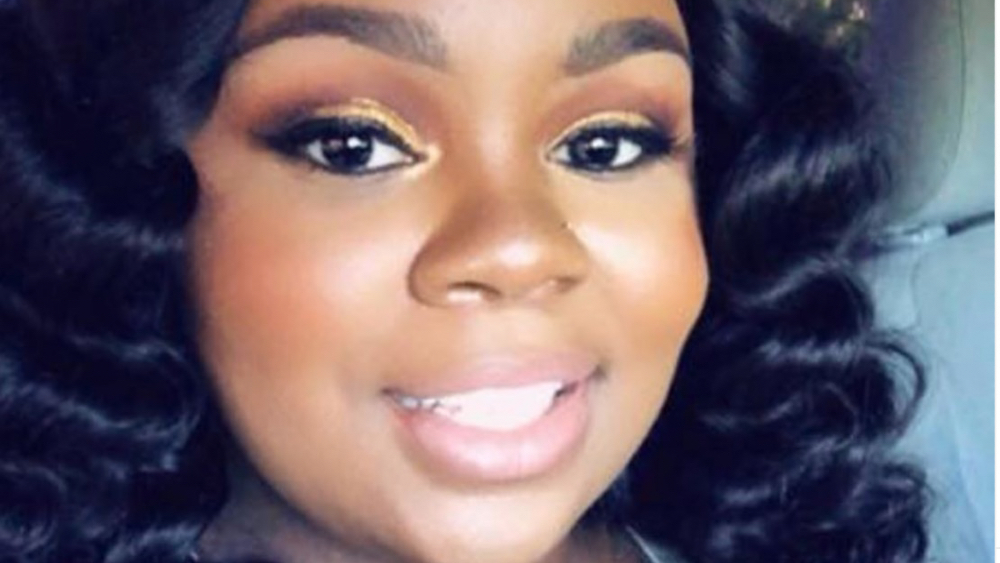If you’re interested in sharing your opinion on any cultural, political or personal topic, create an account here and check out our how-to post to learn more.
____
Breonna Taylor was a frontline worker. She worked as an emergency medical technician and planned on becoming a nurse. She would have turned 27 on June 5 if her life had not been prematurely taken. This was the same age I was when I completed medical school.
It is frustrating to see medical schools across the country participate in protests for Black lives when these same medical institutions have had an extensive culture built on systemic racism. For example, the founding father of gynecology, Dr. J. Marion Sims, who practiced and perfected now staple gynecological procedures on enslaved Black women to the high rates of peripartum mortality seen amongst Black women.
The needs of Black women are often overlooked in our health care system where Black women have three to four times the peripartum mortality rates of white women. Serena Williams discussed the lack of immediate care she received after giving birth to her daughter when she experienced symptoms of a pulmonary embolism. In addition, Dr. Shalon Irving, a Lieutenant Commander in the U.S. Public Health Service Commissioned Corps and an epidemiologist at the CDC who conducted research on health care disparities, died shortly after her pregnancy due to complications related to pregnancy-induced hypertension. This happened despite seeking repeated evaluations for her symptoms. These events highlight that “Black women cannot buy or educate their way out of dying.”
According to the Association of American Medical Colleges, approximately 2% of physicians are Black women. Furthermore, approximately 2% of faculty at medical schools identify themselves as African-American/Black women. The barriers that we as Black women in the medical field have to overcome are unimaginable. Our appearances, our names and the way we speak are often scrutinized. I recall speaking with an assigned mentor regarding the experiences that I was having during my clinical rotations. I told her that I’ve had an attending physician laugh at my name. I explained to her how often I had to go above and beyond my classmates regarding displaying my clinical knowledge to simply to be seen as competent. I mentioned inappropriate comments that were directed towards Black patients. I told her that these behaviors were racist.
“Obama is president,” she told me. “How are they being racist?”
She dismissed my claims.
One of the few people that could have advocated for me thought I was being irrational. After another experience, I went to a faculty member to voice my frustrations. I was so overwhelmed that I began to cry; something I avoid doing in public. She looked at me and told me I was making her uncomfortable and that she was afraid I would “attack her.” I was in disbelief. How could I, in my most vulnerable state, be seen as a threat? I went to a dean and explained my encounter with that faculty member. He said that she didn’t mean it and not to worry since I would graduate soon.
Medical institutions have paid little to no attention to how Black women are treated at their institutions. Their concerns are quickly swept aside in an attempt to remain inclusive. When these concerns are raised, we are seen as angry, uncooperative or needy.
The lack of attention that Breonna Taylor’s murder received is a reflection of how our society continues to disregard Black women’s bodies and the endless contributions they have made to our society. It is not enough for these institutions to send out letters reflecting on the recent tragedies. It is not enough for these institutions to protest and kneel in the name of solidarity. Addressing racial inequity begins by addressing this systemic issue within the medical system. These institutions need to have formidable action plans for how they will support Black women at their institutions. From the support of trainees and faculty members, initiatives aimed at increasing diversity among their c-suite and patient care. We can do more to support this overlooked population.

